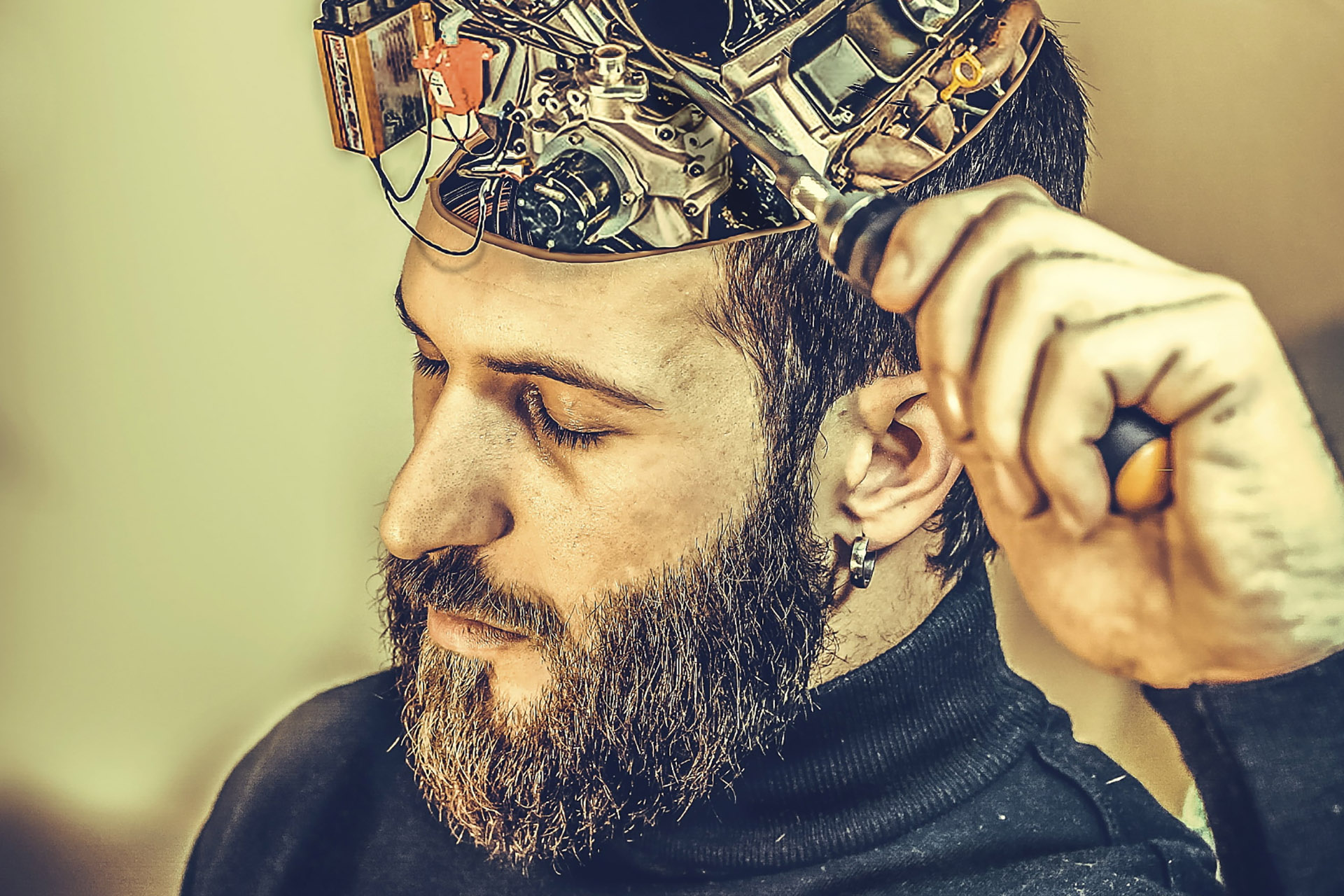We’re one step closer to a brain computer

Mysteries of nickelate
We’re one step closer to a brain computer
The human brain can process huge amounts of data, despite its relatively small size. It’s also very energy-efficient. For years now, scientists have been searching for ways to build a computer that works just as well. That’s a difficult challenge.
‘The neurons in your brain have thousands of dendrites, like little legs, connecting to the dendrites of thousands of other neurons via synapses. This means that information can be transferred through many channels at the same time’, explains professor Beatriz Noheda of research centre CogniGron. ‘Whereas regular computers work with transistors that can only process information sequentially. One to one.’
Too much space
The reason that the brain is so energy-efficient is because storage and processing of information are done in the neurons, whereas regular computers use different locations to do that. And finally, the neuroplasticity of the brain makes it possible for the neurons to strengthen some connections and weaken others. ‘So when you work hard to learn something, for example, more energy flows through them. But you can lose memories too, when connections get lost.’
You can lose memories when connections get lost
Big companies like IBM or Intel already tried to mimic the brain, by making chips that arrange thousands of transistors to resemble one neuron. But even though power consumption went down significantly, the thousands of chips that would be needed before you have a ‘brain’ would simply take up way too much space.
Other researchers worked on so-called memristors – electrical devices that make it possible to adjust the level of resistance between them by allowing the movement of ions, like the brain does with the synapses between neurons. ‘However, that is not reproducible enough’, Noheda says.
Controllable
So Noheda and her team have been trying to develop a memristor mechanism without the electronics, but based on the transport of electrons. ‘So they are faster, but way more controllable’, she says. It’s deeply fundamental research that has only been going on for only a handful of years.
And last week, she and her PhD Qikai Guo published an important discovery in Nature Communications on the way to a material that could realize just that.
The two had high hopes for neodymium nickel oxide (NdNiO3), a material that can go through a metal-insulator phase transition. That means it can be very conductive at one time, but has insulating properties at another, which is essential for a device in which you want to adjust the resistance.
Usually materials like that are manipulated through temperature. This stuff turned out to be more mysterious than they had realized, though. Some researchers claimed it was a normal metal, meaning it was conducting like copper. The conductivity could be explained by electrons interacting with vibrating atoms. ‘But others believed something more exotic was going on. They believed the electrons were interacting among themselves’, Noheda says. Both sides had the experiments to prove their point.
Argument
Guo and Noheda set to work to settle the argument once and for all. But when they did, they discovered that no matter how carefully they tested, their readings changed every time. ‘We found we could get literally any value, even values nobody had found before.’
What if the cause is not the strain itself, but something caused by it
For quite some time, neither researcher knew how to explain their results. They did know, however, that the conductivity of the material was not only related to temperature, but also to the material they ‘grew’ their nickelate on. ‘We created extremely thin films of material, thousands of times thinner even than a human hair. But we did that on a crystal substrate with a slightly different structure’, Noheda says.
The atoms in the substrate were slightly further apart or closer together than those in nickelate. But by making evaporated nickelate settle on it, they forced the atoms of the nickelate into the same position. ‘The crystal was working as a template.’
Rearrange
Noheda and Guo discovered that the more strained their nickelate was, the higher the conductivity. But the effects they found were too big for the strain alone to explain the results. ‘So what if the cause is not the strain itself, but something that is caused by the strain?’
Further experiments showed that the strain in the nickelate films caused the nickelate to lose oxygen. Normally the metal will have one atom of nickel, a neodymium atom and three oxygen atoms forming a crystal. ‘But we found that from time to time an Oxygen atom would be missing. That would cause the other atoms to slightly rearrange themselves’, Noheda says. And that explains the difference in conductivity.
It means the researchers have done two very important things. They added to fundamental knowledge of nickelates, but they also put an important step towards the dream of a brainlike computer. ‘We now have this control over the material’, she says. ‘We have a turning knob now, we never knew we had.’



